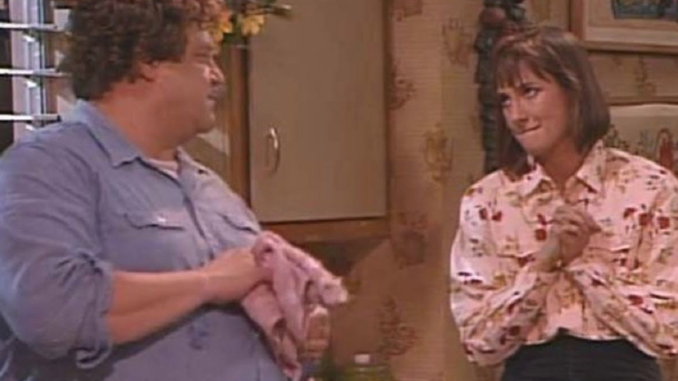
From breaking barriers to starting conversations, discover how Roseanne reshaped television history.
When Roseanne debuted in the late ’80s, it didn’t just entertain; it made a lasting cultural impact. At a time when most sitcoms were focused on portraying idealized versions of family life, Roseanne did something completely different: it showed the raw, messy, and often painful side of family dynamics. The Conners didn’t live in a perfectly manicured suburban house or drive fancy cars. They lived in a working-class neighborhood, struggling to make ends meet and navigating the everyday challenges that millions of American families faced.
This was a stark contrast to the clean-cut, idealistic families on shows like The Cosby Show or Family Ties. By portraying a blue-collar family with all their flaws and imperfections, Roseanne made it clear that television didn’t have to be about escapism—it could be about real life.
But the show’s cultural impact wasn’t just about its depiction of family life. It also tackled controversial and difficult issues head-on, bringing attention to topics that were rarely discussed on television. Whether it was addressing the struggles of working-class women, the challenges of being a mother, or navigating personal identity, Roseanne helped pave the way for other shows to follow in its footsteps.
The show also broke new ground with its portrayal of LGBTQ+ characters, most notably with the character of Nancy (played by Sandra Bernhard), who was openly lesbian. At a time when LGBTQ+ representation on television was minimal, Roseanne dared to include characters that reflected the diversity of the real world.
